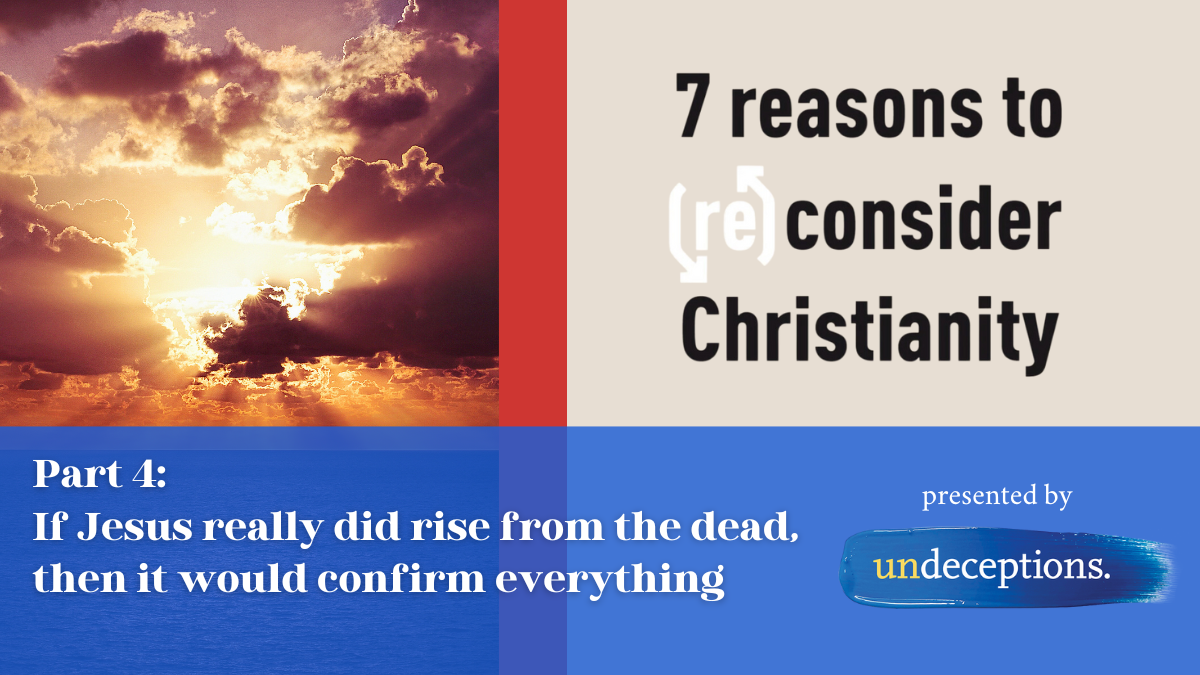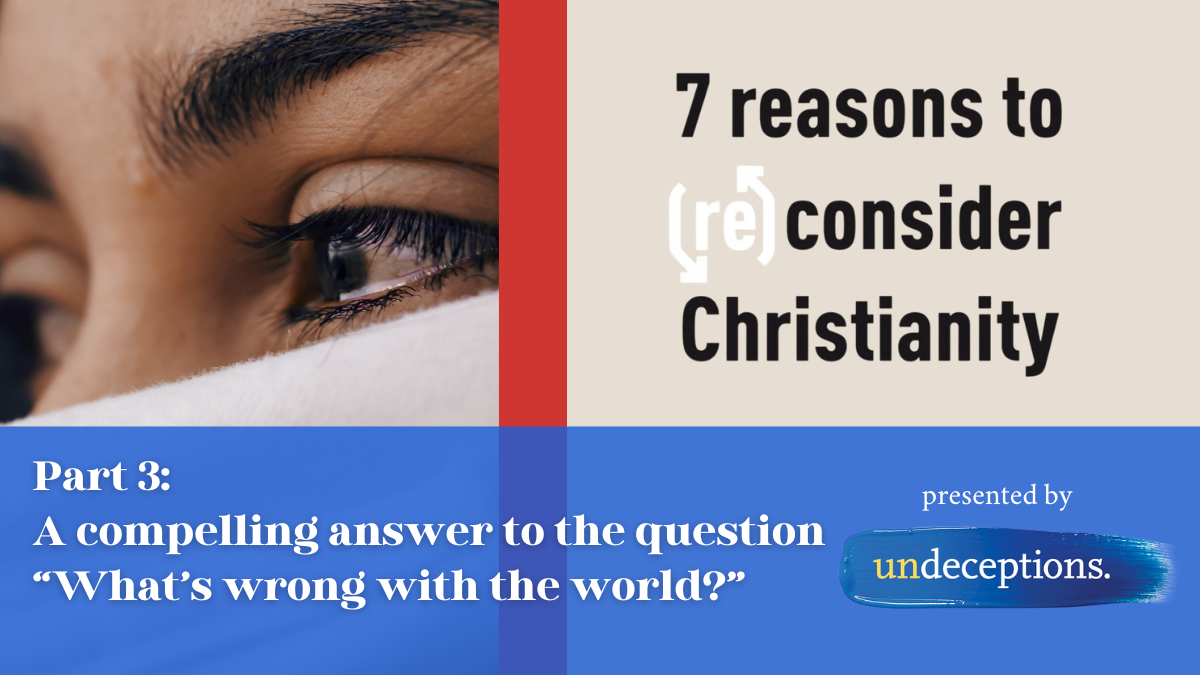150 years ago today on February 24, 1873, the Japanese emperor Meiji formally revoked a long-standing edict against Christianity in the country.
It was just one of a myriad of reforms brought in by the Meiji imperial government, which less than a decade earlier had swept to power following the demise of the Tokugawa Shogunate, bringing to an end two centuries of military law.
Ironically, the legalisation of Christianity (which had been outlawed since 1597) came in parallel with a period of major political, social and economic upheaval. Known as the “Meiji Restoration” Japan became (broadly speaking) a westernized nation.
The modern world had arrived on the shores of the archipelago nation – and ironically, so too had the acceptance of a 2000-year-old belief.
The harmony between modernity and Christianity has often caught cultural watchmen by surprise.
The opening paragraph of a New York Times article (subscription needed) from 1968 decried the coming decade for religion in America, with a journalist writing;
By the 21st century, religious believers are likely to be found only in small sects, huddled together to resist a worldwide secular culture, a prominent sociologist of religion said here last week.
The piece went on to draw upon the thoughts of the late acclaimed sociologist Dr Peter L. Berger, a proponent of the “secularisation theory” – a once dominant idea that essentially said religion would fade as society advanced (think – Neitzche’s “God is dead” proclamation).
The ideas advanced by Dr Berger failed to transpire, with church attendance holding steady at 70 per cent in the US, while conversions exploded across Asia and Africa.
As science advanced, as globalization has marched ever onwards, and as society continued to modernise, so too did Christianity continue to grow around the world.
Fast forward to 2023 and while the church isn’t growing at the same rate now as post WWII – the turn of the century, the gospel is still taking hold in new communities, contrary to popular belief.
China is now nebulous of Christianity’s global growth, with some commentators estimating the number of believers to swell to over 160 million by 2025, and a staggering 247 million by 2030.

“I have confidence (in the numbers) because … a lot of the standard demographic methods for tracking the size of Christian communities don’t pick up what’s happening on the grassroots level,” Dr Gina Zurlo said, a scholar and historian researching the growth of the Church, speaking on the Undeceptions podcast in 2021.
“For our previous book The World Christian Encyclopedia, we created a new taxonomy of Chinese house churches, which we estimated around 50 or 60 million Christians.
“We circulated that among Chinese house church leaders and said ‘does this look like your networks’? There’s no way they don’t know they know how many people are in your networks.”
With an additional 30 million believers attending government-sanctioned churches, as well as large swathes of worshippers involved in underground Catholic networks, that 150 million number seems a plausible estimate of what will be happening on the ground in the world’s most populated nation.
A growing movement – but not as fast as others
There are 2.6 billion reported Christians in the world today, with Christianity growing by an estimated 1.17per cent per annum.
“The curious thing is: that’s faster than the rate of increase of non-religious people, which is growing at just 0.52 per cent. In other words, Christianity’s growth rate is more than double that of the ‘nones’ – five times that of ‘atheism’”, said John Dickson, speaking on Undeceptions.
John is quick to point out however that both Hinduism and Islam are growing at a higher rate – 1.21 per cent and 1.93 per cent per annum respectively.
However, with increasingly high numbers of conversions to Christianity in the “global south” (India and China) those numbers are expected to shift dramatically in the coming decades.
Dr Zurlo expects Christianity to make up nearly 35 per cent of the world’s population by 2050.
All these point to an uptick in global religion – a counter-narrative to that often parried by academics, journalists and commentators alike in the West.
“I think most people have very localized perspectives on religion, and it’s very difficult for people to take that global snapshot,” Dr Zurlo said.
“Most academic research in this area is done by white Westerners who have an implicit bias that religion is declining because that’s what they perceive in their context.”
Indeed, Dr Zurlo notes that for one demographic, it’s the increased exposure to globalization and “modern ideas” that drive Church growth.
“We’re finding that … (when) women have greater freedoms, where they have more mobility, where they have more education, they have more opportunity to explore other religious options,” she said.
“So, how mobile is someone in a community to be able to work, live experience life outside of their home community? Those are the people who are more likely going to encounter Christianity, Christian teachings in some way, and more likely to become a Christian.”
What about western “ghost churches”?
There’s no denying that churchgoing has dipped over the last half a century in the global west.
In Australia Christianity, while still the country’s most common religion, has dipped fairly dramatically, with 39 per cent now saying they have no religion, a rise of 17 per cent from a decade ago.
Those numbers are reflected in the US and the UK, while mainland Europe has long been considered a “ghost town” for professing Christians.

However, John says there are some caveats to the numbers (taking the 2021 Australian census as an example).
“As the Church has lost its social respectability – for reasons that are obvious – the civic motivation to tick ‘Christian’ has declined, and so the declining percentage of ‘Christians’ in the Census reveals the steady dropping away of this nominal class of Christians”, he said.
“I have long said that the percentage of Australians that actually have some type of heartfelt trust in the crucified and risen Lord Jesus Christ is something closer to 25 per cent (and, yes, I include trusting Catholics and Orthodox, as well as Protestants, as genuine Christians).
“We may have a long way to go in these declining percentages of ‘Christians’ in the Census.”
The changing face of faith
Much has been said about the apparent decline of the modern church, but once you crunch the numbers there are a couple of certainties; Christianity is continuing to grow, but the face of the faith is changing.
In 1900, the top ten countries with the most Christians were the US, Russia, Germany, France, the UK, Italy, Ukraine, Poland, Spain and Brazil.
In 2020, the list is very different: the US, Brazil, Mexico, Russia, China, Philippines, Nigeria, DR Congo, Ethiopia, and India.
As globalization continues to take hold, many will continue to claim we’ve entered into a post-Christian world.
The raw numbers tell a very different story.
Written by Alasdair Belling, adapted from the Undeceptions podcast episode ‘Global Christianity‘

Want to be further undeceived?
Check out our network of podcasts and articles in the Undeceptions Library.















































